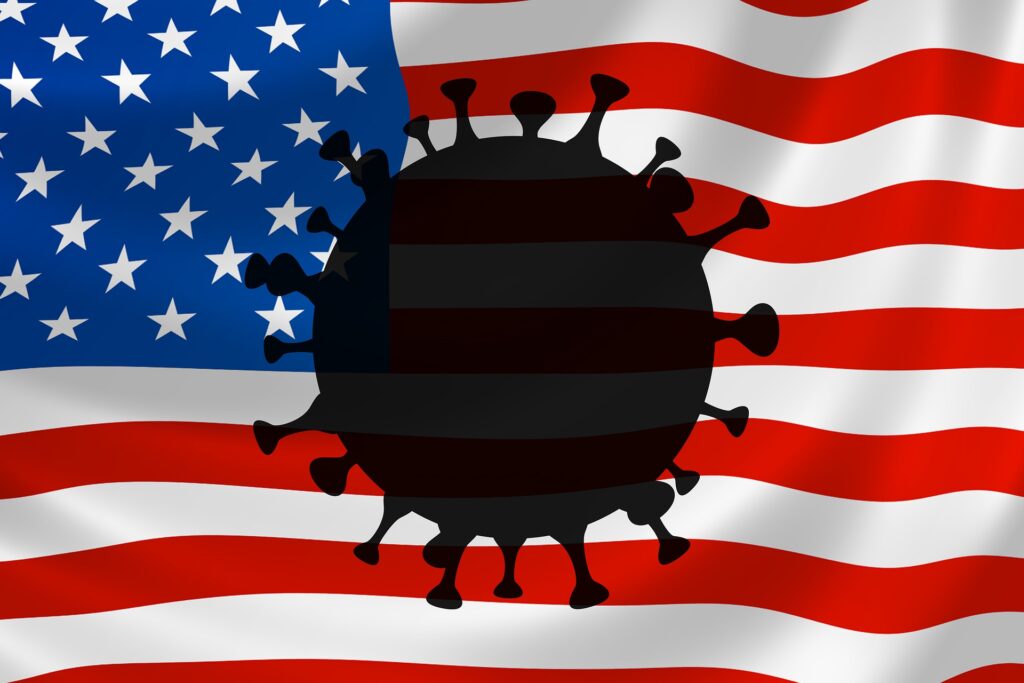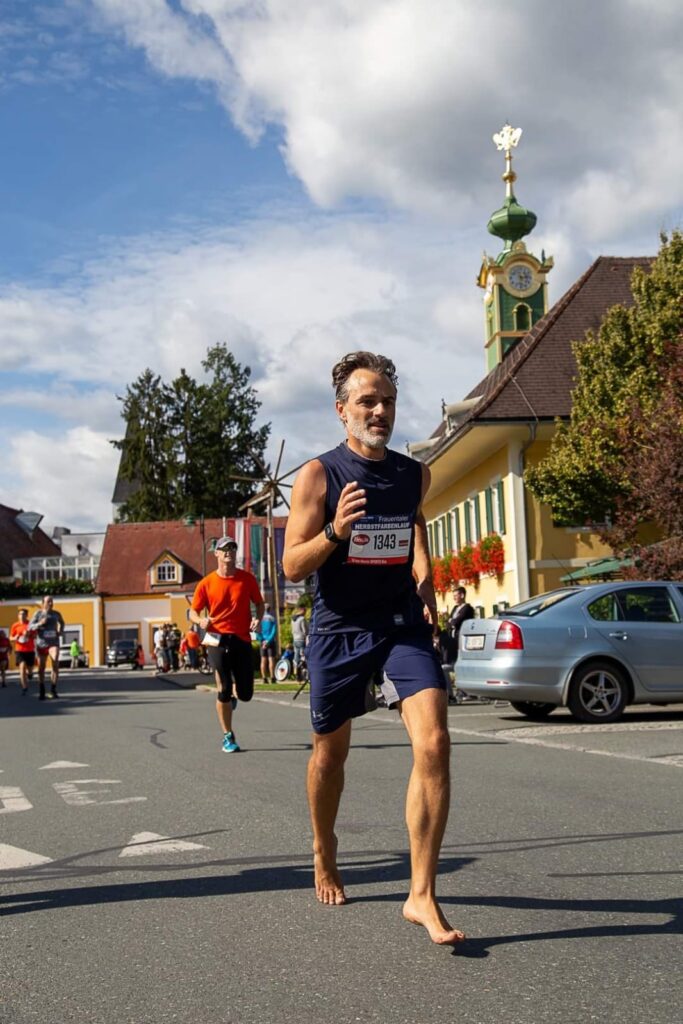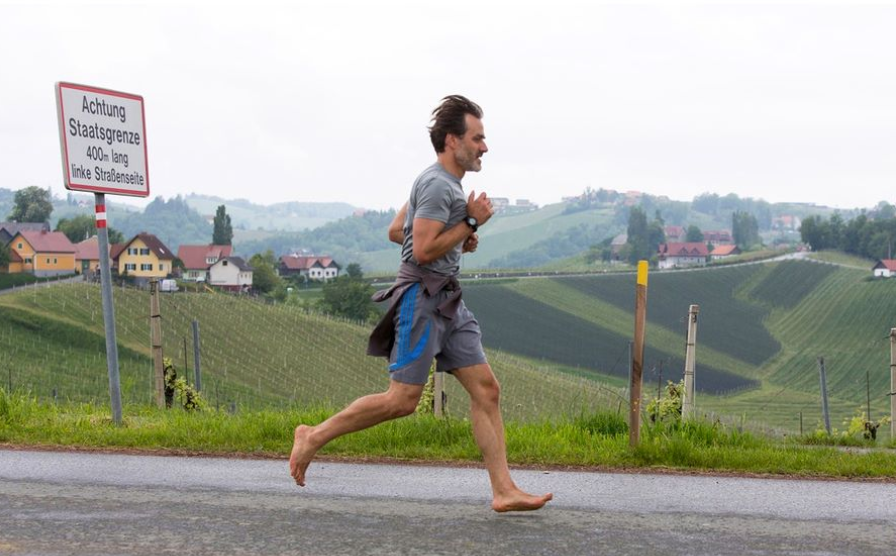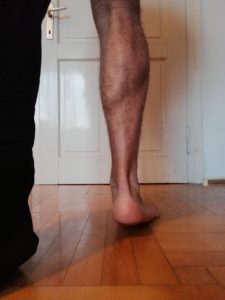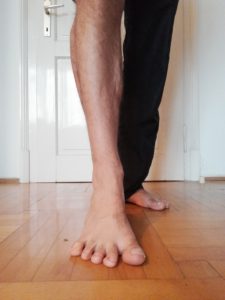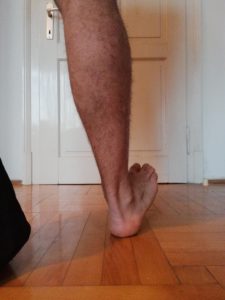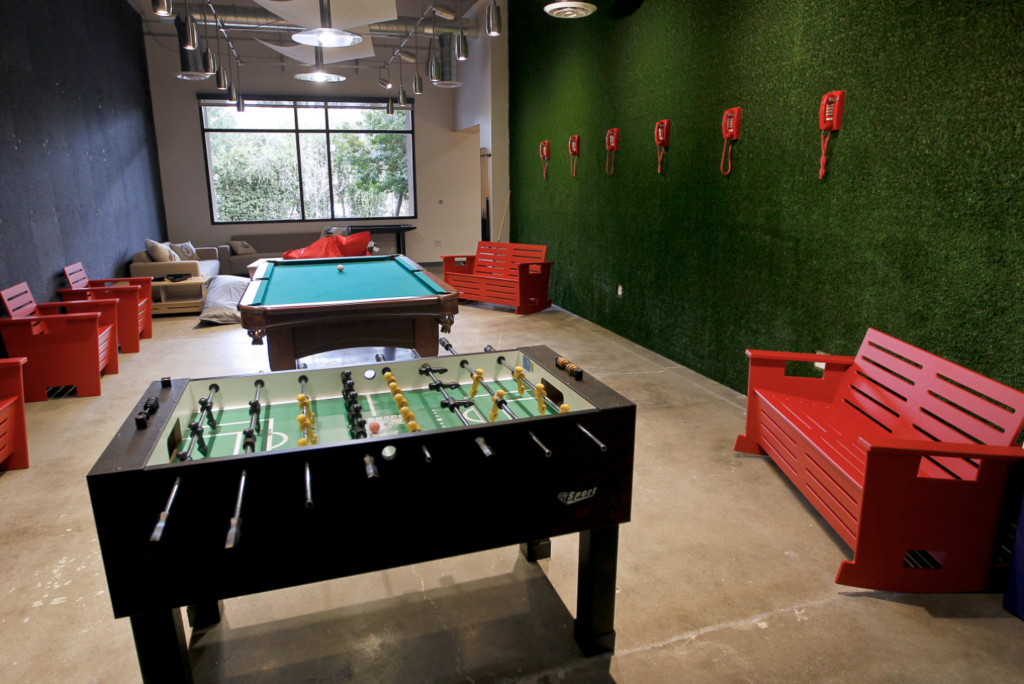
A New Mental Health Reality
Anne was a second-year apprentice when the Coronavirus outbreak occurred. Prior to that, she had a controllable washing compulsion. She started showing up late as showers now took an hour. Colleagues noticed she wasn’t as attentive. Anne required meetings to address her slipping performance. She started feeling stressed and shunned. She requested a reduction in hours. That request was denied. Anne was at risk of losing her apprenticeship.
COVID Bringing Mental Health to the Brink
Even pre-COVID, of 1,900 remote workers polled, 21% reported loneliness as the biggest struggle of working remotely. Now with lockdowns, family concerns, social distancing, homeschooling, remote working, layoffs, and financial struggles–all during the holiday season and cold winter months–people, like Anne, have reached or exceeded their ability to cope. “Depression, alcohol, other substance misuses, and anxiety have all skyrocketed because of COVID. It’s having an impact on the business bottom line because sick employees mean decreased productivity and increased accidents at work.”, Sagar Parikh, M.D., University of Michigan. Growing mental health issues extend beyond the US. The Mental Health Foundation reports the leading cause of absenteeism in the UK is mental health. An article titled, “Mental health in the workplace”, states 70 million workdays in the UK are lost yearly to mental health problems, costing employers approximately £2.4 billion per year.
Working Remotely: Mediating Loneliness & Isolation
A recent Mental Health America study found that among people who screened with moderate to severe symptoms of anxiety or depression, 70% reported that one of the top three factors contributing to their mental health concerns was loneliness or isolation. According to Dr. Adam Hickman’s GALLUP article, “How to Manage the Loneliness and Isolation of Remote Workers”, employees can feel as lonely at work too. Physical presence alone does not remedy feelings of loneliness. It is a question of emotional, psychological, and purposeful connectedness. Hickman differentiates loneliness from isolation. Both, he writes, can be remedied with targeted interventions. Interestingly, causes of burnout in a study conducted by GALLUP were related to feelings of disconnectedness whether in regards to job expectations, role, relationships, culture, or sense of purpose. Whether working remotely or in offices, rising mental health issues are the next major HR challenge to reckon with a digital age.
Addressing Loneliness to Improve Mental Health and Productivity
In the Mental Health Foundation article, “How to support mental health at work”, 10 mental health improvement tips are provided. Four tips–keeping active, eating well, taking breaks, drinking sensibly–in theory only require self-discipline. Three tips–talking about your feelings, keeping in touch, and caring for others–are only fulfilled in relation to others. The remaining three–asking for help, doing something you are good at, and accepting who you are–not only require others, they also require a connection to a greater purpose, other than your ego. Six of the ten tips presume that which is usually lacking in cases where loneliness exists–the existence of relationships and purpose. So how does one implement a tip requiring a key ingredient that is already lacking?
Mental Health Initiatives Strengthen Personnel
Building rapport during scheduled Zoom meetings only goes so far. Calling someone with a question is different than spinning your chair around. “Organic interaction in a virtual world is difficult.” Michael is one of the thousands of pandemic graduates whose first job out of university was in one state while his office was back home in another. Employed since August he has had no personal team contact. Michael also has a history of light depression. The remote COVID reality has him seeking counseling to help cope. Michael is happy overall with how his supervisor tends to his mental wellness. He has a mentor, but this onboarding initiative feels more like a policy than a mentoring relationship. Mentors require time and proper supervision to deal with the multitude of onboarding issues that can arise. Michael stated there really is no forum to discuss psychological health. This, he said, would be valuable.
Mitigating Mental Health Requires a Clear Shared Goal
“An essential building block for workplace mental health is the ability to have open, authentic conversations about mental health in the workplace, both individually and on a strategic level. This is more important than ever as we recover from the impact of the pandemic.”
– Mental Health Foundation
Loneliness is not simply being disconnected from people. The remedy is simply not gathering around a billiard table or organizing a team-building workshop. It usually also entails a lack of role clarity and meaning. Anne, Michael, and their respective teams would be better able to implement all ten tips with clear roles and expectations, all focused on a shared goal greater than any one member. Indirectly teams mitigate feelings of loneliness and purposelessness while achieving the goal. Inter- and intrapersonal inquiries are naturally addressed when this common goal stands in the center–holding the space and focus. This approach fosters a solution-focused, resilient, inclusive, and innovative work culture all in real-time.
About the Author
Jean-Pierre Kallanian is a Human Systems Expert specializing in conflict resolution, intergenerational dialogue, and psychological safety. He is also a Youth Coach, Author, and Speaker. As the creator of the EPIC Model, Jean-Pierre brings out the expertise in groups by revealing patterns and refining human systems in real-time!
